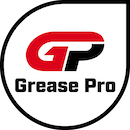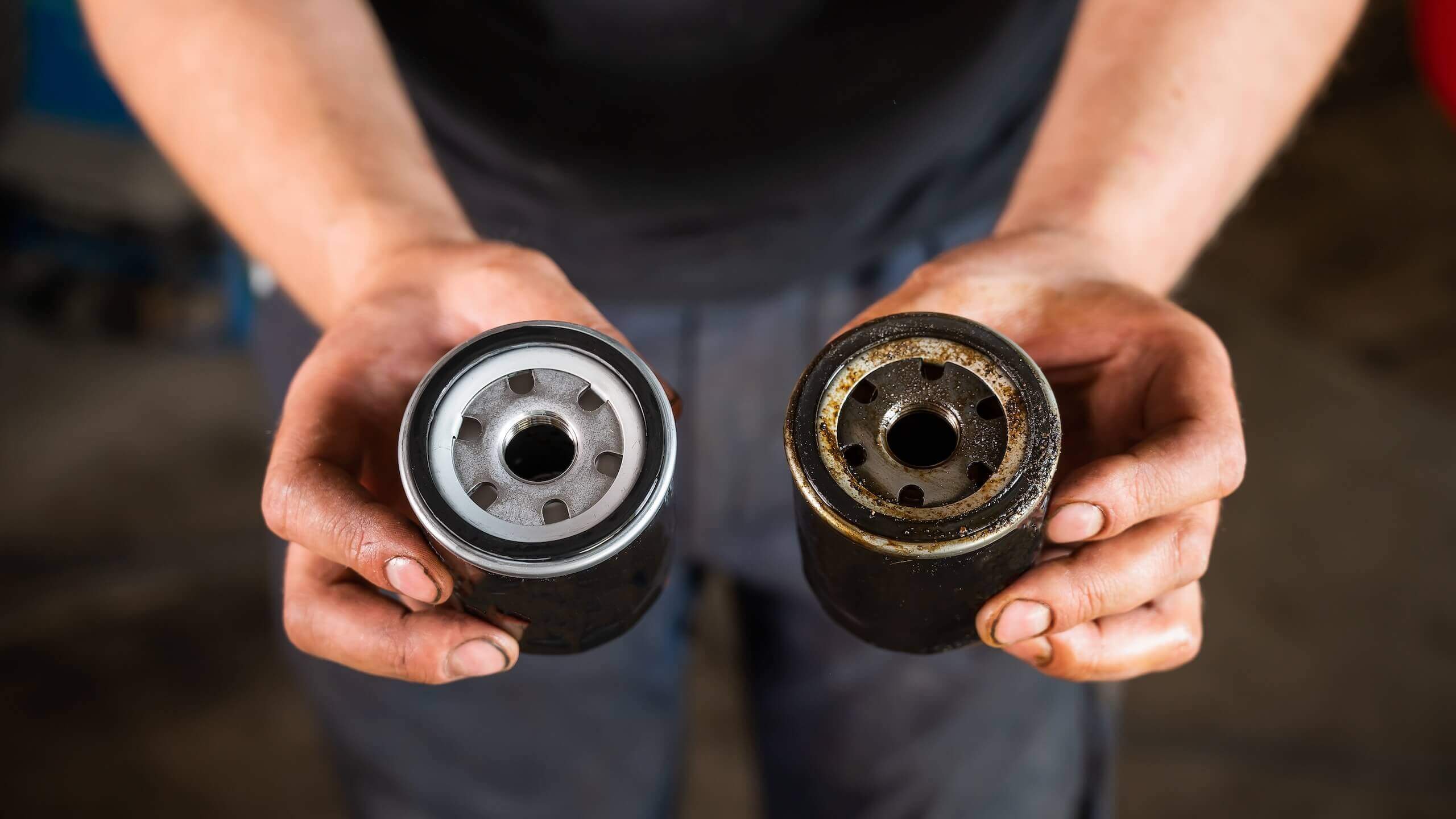Why Prepping Your Car for a Summer Road Trip Is Essential
There’s nothing worse than car trouble in the middle of a long-awaited summer road trip. High temperatures, extended driving hours, and heavy loads can put extra strain on your vehicle, increasing the risk of breakdowns. Taking the time to go through a road trip checklist before hitting the road can help you avoid unexpected repairs, improve fuel efficiency, and ensure a smoother, stress-free journey. Whether it’s getting the car ready with routine maintenance or checking key components like tires, brakes, and fluids, a little preparation can go a long way in keeping your trip safe and enjoyable.
Tires Make or Break Your Road Trip—Here’s How to Check Them
Your tires are the only point of contact between your car and the road, making them one of the most important things to check before a long trip. Underinflated, unbalanced, or worn-out tires can lead to poor handling, reduced fuel efficiency, and even dangerous blowouts. Taking a few minutes to inspect them before you leave can help you avoid these problems and keep your trip running smoothly. A quick road trip checklist for your tires should include checking air pressure, tread depth, and ensuring they’re properly balanced and rotated.
Check Air Pressure and Tread Before You Go
Properly inflated tires improve gas mileage and reduce wear, helping you get the most out of every tank of fuel. Before hitting the road, use a tire pressure gauge to ensure each tire meets the recommended PSI listed in your owner’s manual. Additionally, check the tread depth to confirm your tires have enough grip for safe handling. If the tread is too low, it may be time for a replacement to ensure optimal traction, especially on long drives.
Don’t Forget Tire Balance and Rotation
Unbalanced tires can cause vibrations at high speeds and lead to uneven wear, reducing their lifespan. Getting your tire balance checked before a long trip ensures a smoother, safer ride. Tire rotation is just as important—it helps distribute wear evenly across all four tires, extending their durability and improving overall performance. If it’s been a while since your last tire service, consider scheduling one before your trip to keep your ride comfortable and efficient.
A Brake Check Could Save Your Trip—And Your Safety
Your brakes are your first line of defense on the road, and worn-out components can put you at risk—especially on long trips. High temperatures and stop-and-go traffic add extra stress to your braking system, making a brake check essential before hitting the road.
If you hear squeaking, grinding, or feel vibrations when braking, or notice a longer stopping distance, it’s time for an inspection. Checking your brake pads and fluid levels before your trip ensures smooth, reliable stopping power—keeping you and your passengers safe.
Fluids Keep Your Engine Running—Check These Before You Go
Your engine relies on fluids to stay cool, lubricated, and running efficiently—especially in hot summer temperatures. Low or dirty fluids can lead to overheating, poor performance, and costly breakdowns. Before your trip, checking oil levels, coolant, and other essential fluids ensures your car can handle the long drive ahead.
Engine Oil and Coolant—Your Car’s Lifeline
Oil keeps your engine’s moving parts lubricated, preventing friction and wear. Check the oil level and condition before heading out—if it’s low or dirty, an oil change may be needed. Coolant is just as important, as it regulates engine temperature. Without enough coolant, your engine could overheat, leaving you stranded on the side of the road.
Transmission and Brake Fluid—Small Checks, Big Impact
A transmission fluid check ensures smooth gear shifts and prevents overheating, which is especially important for long-distance driving. Brake fluid plays a crucial role in stopping power—if levels are too low, braking performance may suffer. Checking and topping off these fluids before your trip helps keep your car running safely and efficiently.
Don’t Let a Dead Battery Ruin Your Trip
A weak battery can turn your road trip plans into a roadside headache. Extreme summer heat can accelerate battery wear, making it more likely to fail when you least expect it. Before heading out, test your battery’s charge, inspect the terminals for corrosion, and ensure all connections are secure.
It’s also a good idea to check your headlights, brake lights, and A/C system to ensure they’re functioning properly. A failing battery can lead to dim lights or weak air conditioning, both of which can make long drives less safe and comfortable. A quick battery test and inspection can help prevent unexpected stalls and keep your trip on track.
Pack These Must-Haves for a Stress-Free Road Trip
Even with the best vehicle prep, unexpected situations can happen. A well-stocked road trip checklist ensures you’re ready for anything—from a dead battery to minor roadside repairs. Packing essentials like jumper cables, a tire inflator, and a first aid kit can make all the difference if an issue arises.
Don’t forget to bring plenty of water, a flashlight, and extra phone chargers in case of delays. Keeping roadside assistance info and an emergency contact list handy adds another layer of security. With the right supplies, you can handle minor hiccups and keep your focus on enjoying the trip.
One Last Step—Get a Professional Inspection Before You Go
A DIY check is a great start, but a professional inspection can catch issues you might miss. Small problems—like uneven tire wear, low fluids, or a weak battery—can quickly turn into major setbacks on a long trip. A pre-trip inspection ensures your car is road-ready, fuel-efficient, and safe for long-distance travel.
Make sure your summer adventure goes off without a hitch. No appointment needed – stop by today. Find the location nearest you. Our technicians will check all the essentials, so you can hit the road with confidence.

